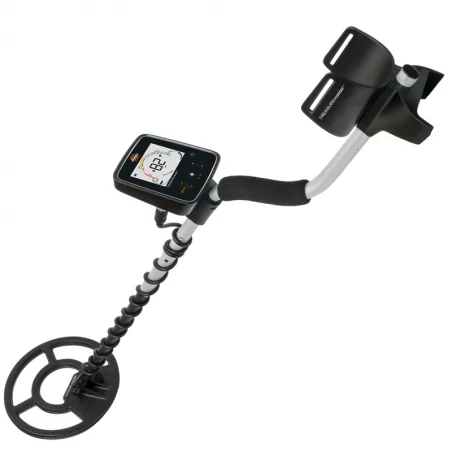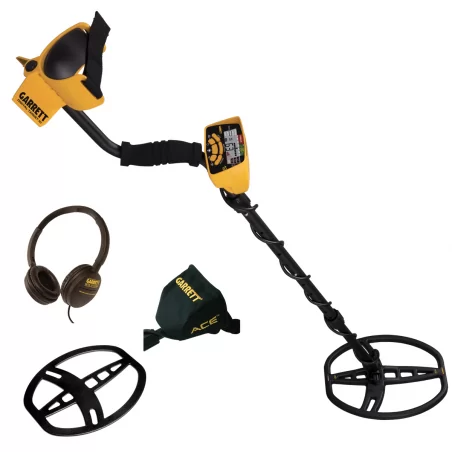"Excessive discrimination" does not guarantee better performance
When buying a metal detector we always expect that, in search activities, it will only report targets of our interest: coins, jewelry, necklaces (preferably made of gold) and that, therefore, it will be able to discriminate surgically all the so-called "metal trash" such as iron, foil, tin and all those junks that, usually, "contaminate" our search areas.
Therefore, the temptation of the beginner is to raise the level of discrimination to the maximum, thus thinking of restricting the detection to those metals with higher conductivity, such as gold, silver, copper and bronze. In this way, in fact, the novice will have the conviction of having eliminated from his search all the metal trash and to find only valuables. It is, on the contrary, one of the most common mistakes because, even in this case, the equation "+ discrimination" equal to "+ performance" is completely wrong and misleading.
And I'll tell you more...
Garrett AT Pro International
Most of the metal detectors for hobby use on the market today use a target analysis system based on the so-called "phase delay" introduced into the signal transmitted by the coil depending on the electrical conductivity and magnetic permeability of the metal object that ends up under our coil. The "phase delay" will then usually be translated into a number called VDI, ID, into a "notch" or simply through a different beep.
However, this VDI number is also conditioned by the condition of the ground, its depth and conformation and the position in which the target is located.
To give an example: a coin placed on "flat" position a few centimeters deep will be detected with a VDI very different from that of an identical coin but placed in a "edge" position and in a strongly mineralized soil. The ferrous mineralization of the soil, in fact, will tend to slide the VDI towards a ferrous identification, especially at accentuated depths. This is why using too high a "discrimination" can make us lose many precious targets.
Another case of "excessive discrimination" is that related to the search for small gold objects (the classic wedding ring). These targets, in fact, have a conductivity very similar to that of tinfoil. Therefore, if you raise the discrimination to remove the foil, you risk losing many precious gold objects.
Concluding...
Garrett ACE 400i metal detector
So, in conclusion, keeping a more modest level of discrimination and maybe digging a few more holes can be the ideal compromise to optimize the performance of our search and avoid losing so many valuables.




